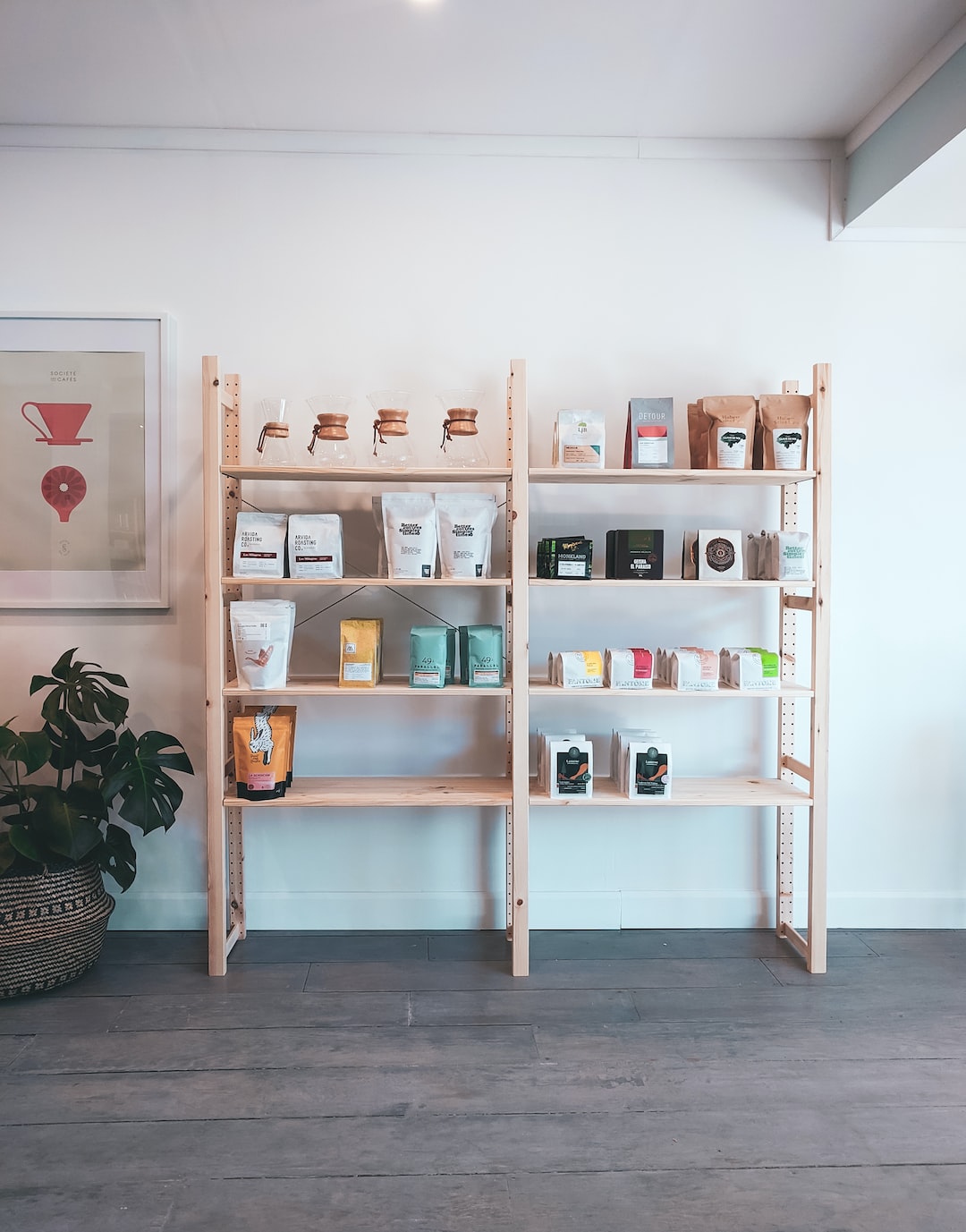The Evolution of Retail: From Small Shops to Mega Malls
Retail has come a long way from its humble beginnings as small shops on street corners to the massive malls we see today. Over the years, the retail industry has undergone a significant transformation, adapting to changing consumer needs and technological advancements. In this blog post, we will take a closer look at the evolution of retail, exploring the factors that have shaped it into what it is today.
Small shops have been the backbone of retail for centuries. From the local grocer to the neighborhood bakery, these small businesses provided essential goods and services to the community. These shops were personal and often family-run, allowing for a direct connection between the shop owner and the customer. As a result, customer relationships were built on trust and loyalty, creating a strong sense of community.
The rise of the industrial revolution in the late 18th century brought about a significant shift in the retail landscape. With the introduction of mass manufacturing, goods became more affordable and available in larger quantities. This, in turn, led to the emergence of department stores, offering a wide variety of products under one roof. These stores revolutionized the shopping experience, allowing customers to browse and compare different items in a single visit. The concept quickly gained popularity and has remained influential ever since.
The 20th century saw the birth of the shopping mall, marking a new era in retail. Malls brought together multiple retailers under one roof, offering a comprehensive shopping experience with various entertainment options. The first modern indoor mall, Southdale Center in Edina, Minnesota, opened its doors in 1956. It featured a fully enclosed environment, climate control, and an array of stores, including a department store and multiple smaller retailers. This innovative concept proved to be a huge success and soon became a model for malls across the country.
The popularity of malls continued to soar in the following decades. They became not just shopping destinations but also social hubs. People flocked to malls not only for retail therapy but also for entertainment, dining, and even fitness activities. This shift in consumer behavior led to the creation of mega malls, sprawling complexes housing hundreds of stores, restaurants, theaters, and even amusement parks. These mega malls offered an all-in-one experience, attracting visitors from far and wide. Examples of such mega malls include Mall of America in Bloomington, Minnesota, and the Dubai Mall in the United Arab Emirates.
However, with the rise of e-commerce and online shopping, the retail landscape is once again experiencing a transformation. The convenience and accessibility of online shopping have challenged traditional brick-and-mortar stores. As a result, many retailers have had to adapt and find new ways to remain relevant. Some have embraced technologies, such as virtual reality and augmented reality, to enhance the in-store shopping experience. Others have focused on creating a seamless online-to-offline shopping journey, integrating their physical stores with their online platforms.
Despite the challenges, malls are not dead. They continue to evolve and find new ways to attract customers. Many are incorporating experiential elements into their spaces, such as interactive art installations, pop-up shops, and unique dining experiences. Some are even transitioning into mixed-use developments, incorporating residential and office spaces into their designs. By diversifying their offerings, malls aim to provide an experience that online shopping cannot replicate.
In conclusion, retail has come a long way from the small shops of the past to the mega malls we see today. Each stage of evolution has been driven by changes in consumer behavior, advances in technology, and the need for innovation. While the rise of e-commerce has presented new challenges, the retail industry continues to adapt and find ways to offer an engaging shopping experience. Whether it’s small shops, department stores, or mega malls, retail will continue to evolve as it meets the ever-changing demands of consumers.

